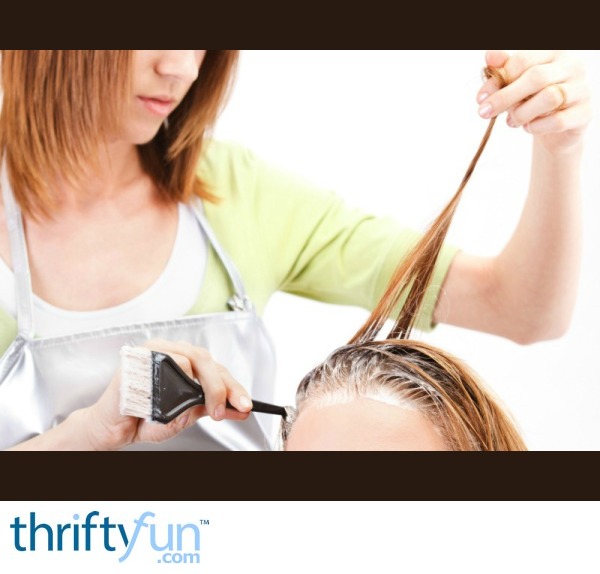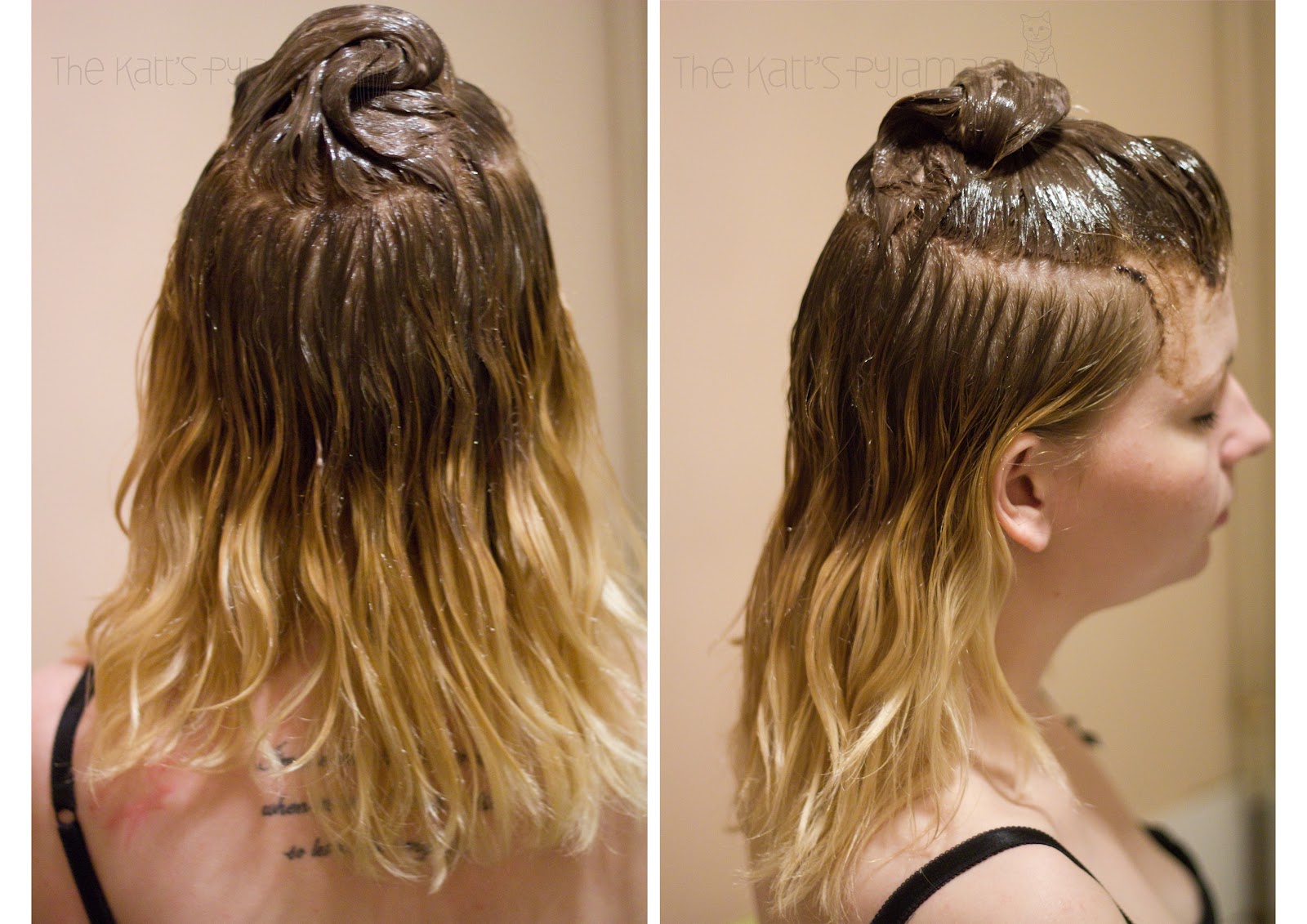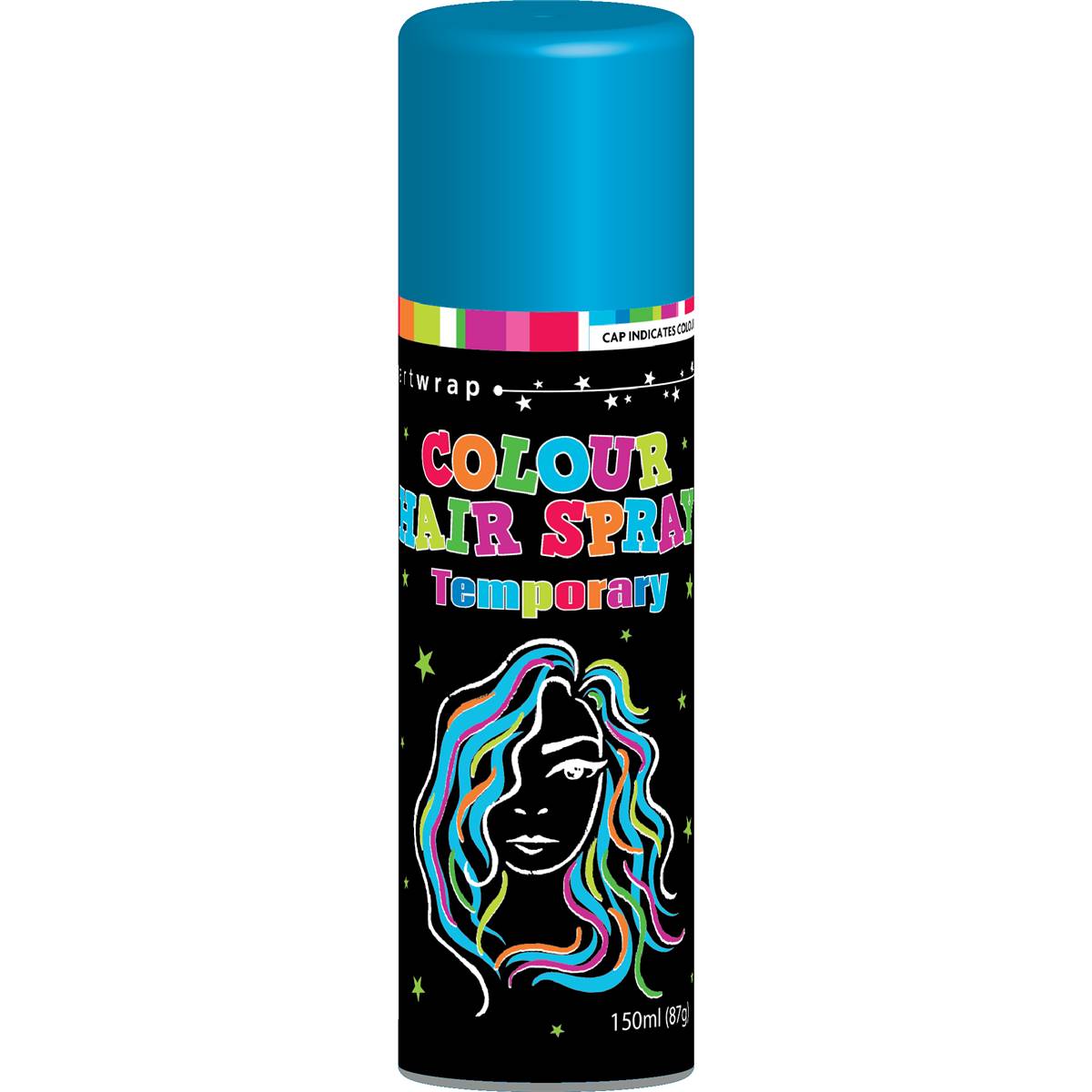Table Of Content

If your ends are very dry and you're dyeing your entire head, don't put dye on your ends. Instead, three minutes before you're supposed to rinse, add two squirts of shampoo into the dye left in the bottle. "It dilutes the dye but still gives you a pinch of color and shine," says Louis Licari of the Louis Licari Salon in New York City. Hair texture matters just as much when dyeing your hair as it does when cutting it. "Coarse, curly, or frizzy hair sucks up color faster and will become cooler-toned when you dye it, so it will look ashier, or slightly bluish," says Ionato. "Fine to medium hair textures don't absorb color as easily and will become a slightly warmer tone when you add dye, meaning it will have orange, red, or copper undertones."
Moroccanoil Blonde Perfecting Purple Shampoo
Few things are as trying—and rewarding—as learning how to dye your hair at home. But as anyone who's done it knows, there's a reason salon appointments are so expensive. Coloring your own hair requires skill, dexterity, and a basic familiarity with science. To help, we've compiled advice from our favorite hair pros about every DIY hair decision, from allover color to subtle highlights. While plenty of hair masks focus on replenishing moisture before being rinsed out, this innovative spray focuses on strengthening overnight. The dry formula bonds to the natural proteins inside the hair fiber, helping to reinforce it from the inside, making it a solid pick for damage control post-dye.
Color Your Hairline
In total, Lab scientists exposed colored hair samples to UVA light for 800 hours and tallied 2,712 consumer survey responses. It ranked highly with users at having instructions and an applicator that were easy to use, covering grays completely, providing even color and having a non-offensive scent. The color was "rich and uniform" and "didn't look like it was from a box," two testers marveled. Depending on your hair's porosity, both experts say that henna dye lasts anywhere between four to six weeks. "The more porous, the longer it will last, and as it grows out, it will also fade nicely," says Bird. "Those who henna their hair regularly find that the color builds over time, creating a more vibrant and longer-lasting color with each application."
Coloring Your Hair at Home
Sharp's hack provided major hair inspiration for many, with multiple comments like "gorge" and "slay" left under the video by those who loved the look. You can use this treatment once, but it’s most effective when you use it at least once a week to maintain the beautiful bright color. You can do this several times to get the desired effect if necessary. It works slowly, and will likely require a few repeat sessions. Divide hair into four workable sections and keep them in place with duckbill clips or hair claws. Be the first to know about brand new products, trending looks, expert advice, exclusive offers and more.

However, excessive use or leaving the shampoo on for too long can lead to over-depositing of color, resulting in an unnatural or uneven hue. She says it's essential to follow the instructions provided with the product and monitor the results to achieve the desired effect without damaging the hair. But we demand rent from the brassiness and dullness that happens after a few weeks. That’s where color-depositing shampoo (think purple shampoo) comes into the picture. There are many reasons for hair loss in women but coloring hair is not one of them.
Further reading
The look is surprisingly easy to create at home, and the damage-free hair styling hack only needs the extensions and a spray bottle. Exercising works wonders for our bodies, but what about our hair? It may seem like an odd question, but there's a real connection between working out and our hair, which is especially true for dyed hair. We're sorry to be the bearers of bad news, but regular exercise isn't your dyed tresses' BFF.
And that’s fine—no one on your videoconference call will notice. Most permanent hair dyes contain ingredients that can damage the hair. On the other hand, semi-permanent formulas can often be very nourishing, thanks to added conditioners. In cases where the hair has already been damaged by bleaching, adding pigment with a darker dye can actually be beneficial. Be sure to read our foolproof guide to coloring your hair at home like a pro, plus get inspired by our favorite hues for dark brown hair, black hair, gray hair, auburn hair and blonde color. According to Lee, most of the accessible, at-home colors you find in drugstores are permanent dyes, meaning you’re stuck with your decision for the time being if you mess up.
Most professional salons exclusively offer synthetic hair dyes, so if you're looking to try henna, you'll likely have to do it at home. Thankfully, both Lush and Henna Sooq offer henna dyes that are easy to use — just follow Bird and Carryl's tips below. Bleaching is usually done by applying hair dye that contains hydrogen peroxide. This means it activates the hair color, but the oxidizing process does cause damage. Just use techniques that keep hair dye away from the scalp, such as, balayage or ombre.
Crimped Hair: 3 Easy Ways to Get The Look
How to Get Hair Dye Off Skin, the Safe Way - Vogue
How to Get Hair Dye Off Skin, the Safe Way.
Posted: Sun, 14 Apr 2024 07:00:00 GMT [source]
Clip those sections out of the way and repeat on the other side. When you’re finished, your hair should be divided into four even sections (you can create more sections if your hair is particularly long or thick). Part your hair down the middle, going all the way down the back of your head and effectively splitting your hair into left and right sides.
Hair dye on tile floors and toilet seats can be difficult, if not impossible to remove. Whether for convenience, affordability, or other reasons, there are some things to keep in mind when going the DIY route. The number one reason for hair loss in women is androgenetic alopecia (AGA), also known as hereditary hair loss or female pattern hair loss. Your hair follicles are affected by genetics, hormones, and age throughout your life. They can also be affected by stress, pregnancy, and rapid weight loss.
(You wouldn't want to damage your hair to the point of breakage, now would you?) Plus, he says doing this will help you see how the hair color will actually turn out and how long it needs to process. If your hair is dark, for example, you might be able to lighten it by a few shades with a permanent store-bought hair dye. Anything more dramatic than that, however, will probably require that you bleach your hair first. This dye sits somewhere between a permanent and semi-permanent dye since it doesn’t drastically alter the hair color, but it usually lasts longer than the average semi-permanent formula.
There’s a chance you may have to go it alone, as the fate of many salons hangs in the air. If touching up your roots or soaking your ponytail in Kool-Aid doesn’t quite scratch the itch, you can take a cue from a lot of other people these days and try to dye your own hair at home. For the back, you can take slightly larger sections since you’ll be over-saturating. Leaving both front sections hanging free, begin to create sections down your part that are about a quarter-inch thick (the thicker the hair, the smaller the section). Along your part, color at the root, spread the hair dye with your thumb, and then fold that section of hair to the other side.
If you’re just looking for something to tide you over until your next appointment, she suggests going for a semi-permanent formula that will eventually wash out over time. Because they are where regrowth occurs first and the least damaged part of hair, they need the most color and processing time. Let the hair color develop for the amount of time indicated on packaging directions. Then comb it through the rest of your hair to distribute it evenly and avoid a two-tone effect. Work in four to six sections like salon pros do (use hair clips as you go if you wish) to ensure full coverage.
Thankfully, we know a few professional hairstylists and colorists who shared their expert insights with us. By following the below tips and tricks, you'll be able to DIY your hair color and be happy with the results. From what to do beforehand to prep your hair for dye to when to call a friend for a second pair of eyes to make sure you distributed product properly, keep reading.
There's nothing worse than ending up with telltale stripes of color on your forehead. Rather than using a goopy salve to protect skin from dye, guard your skin against stains by gliding a clear solid lip balm along your hairline, including around your ears, before applying color. If your hair is past your shoulders, or shoulder-length and extremely coarse, use two boxes of the same shade to ensure full coverage.

No comments:
Post a Comment